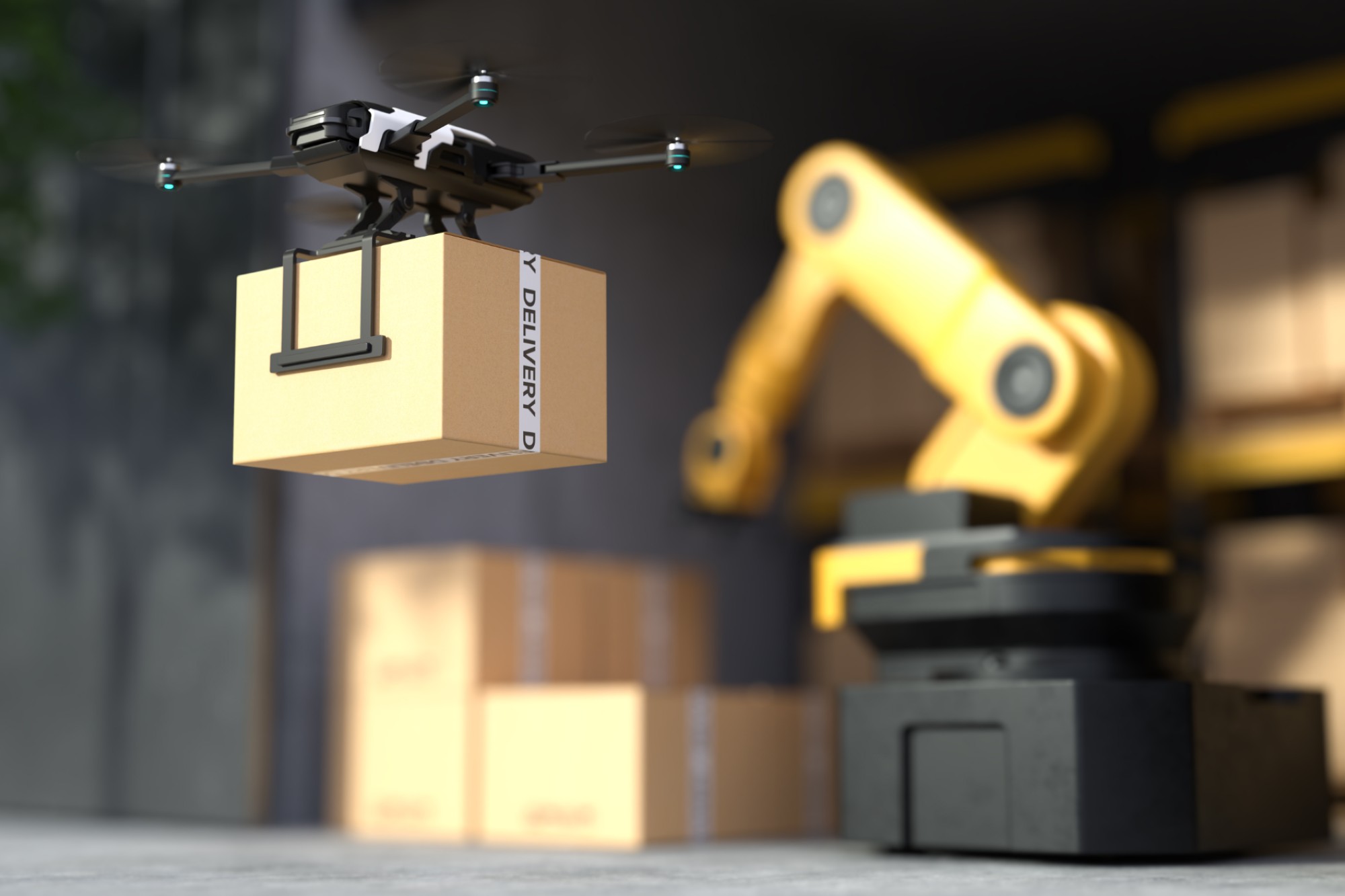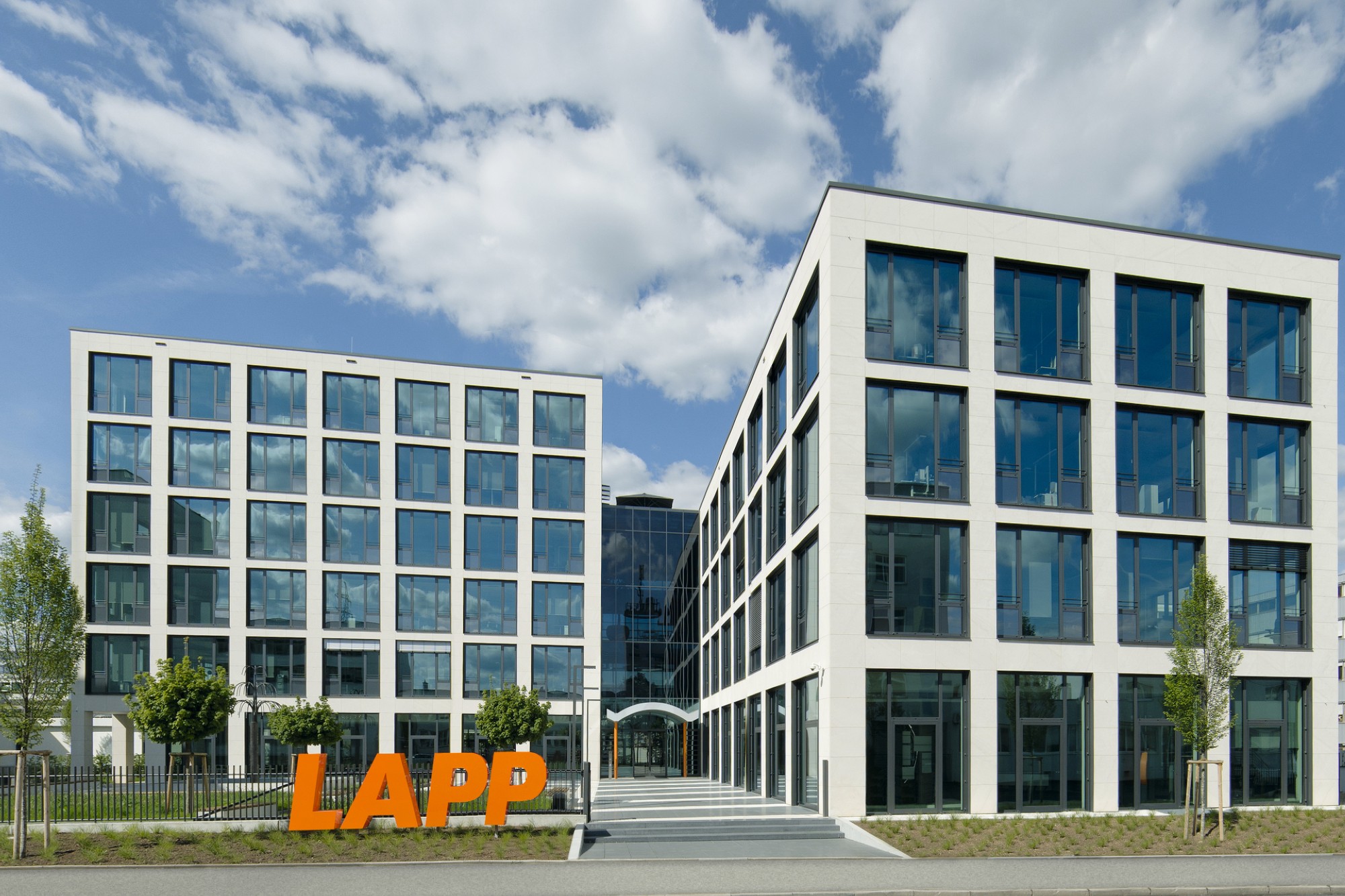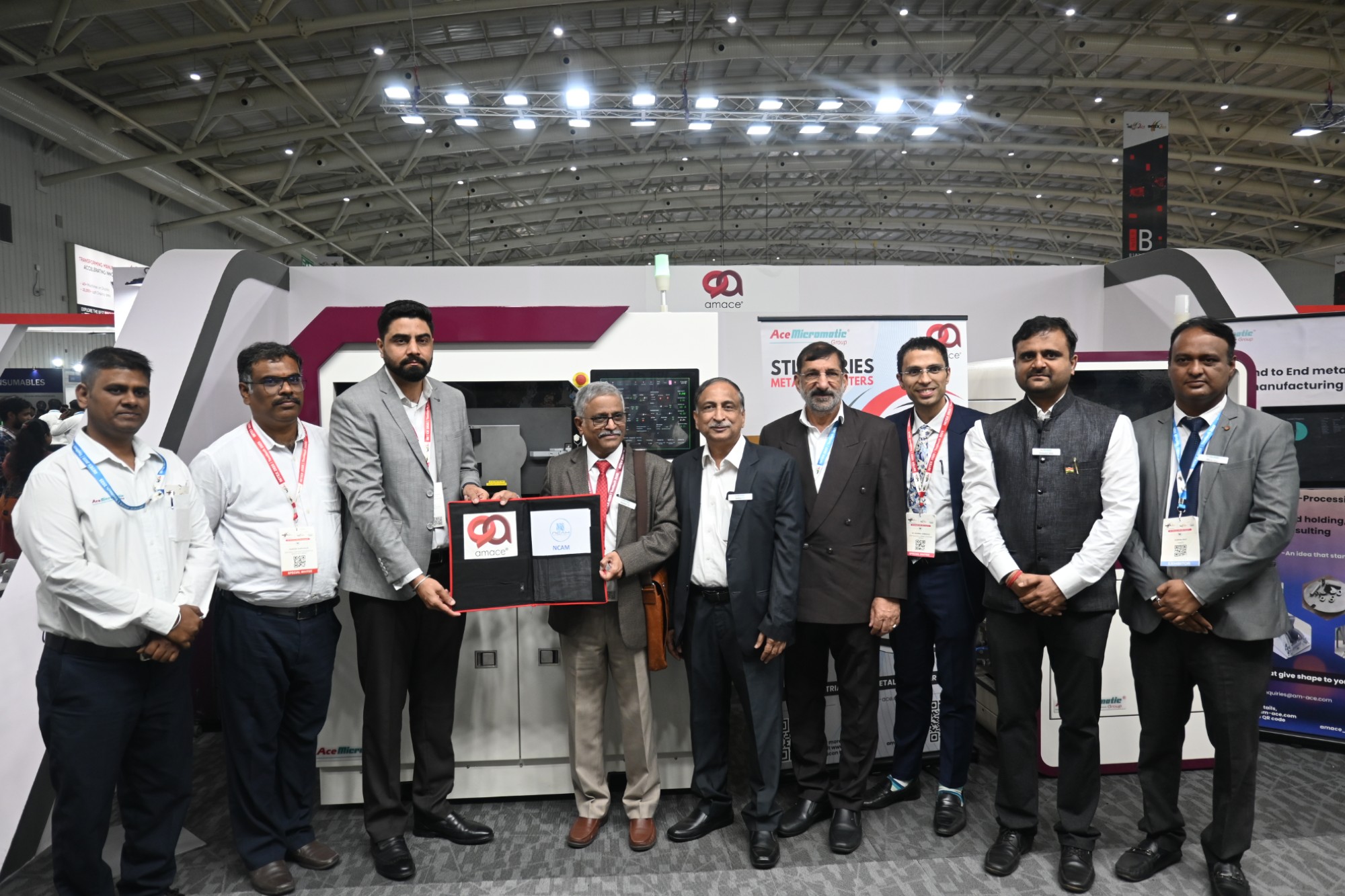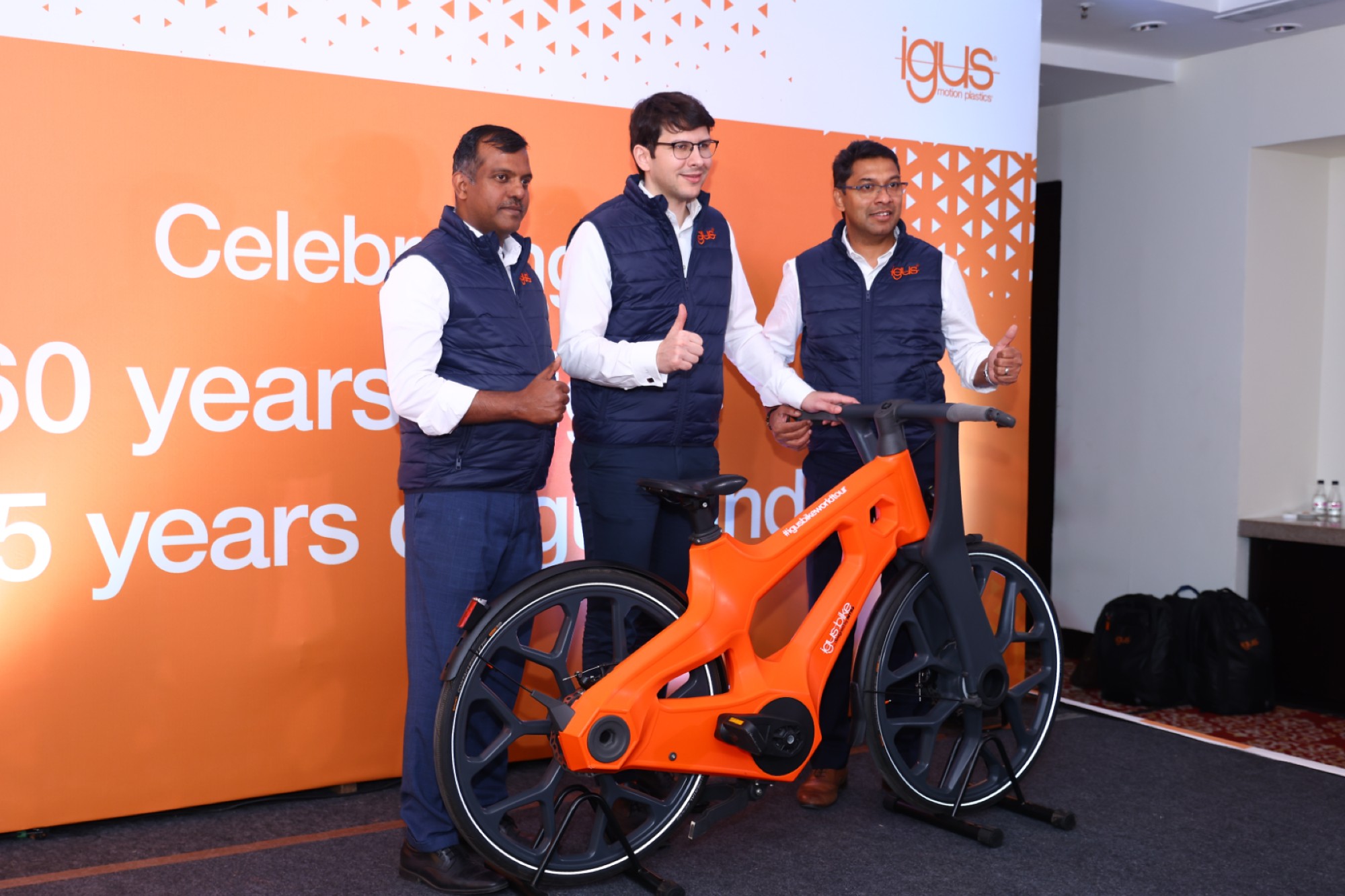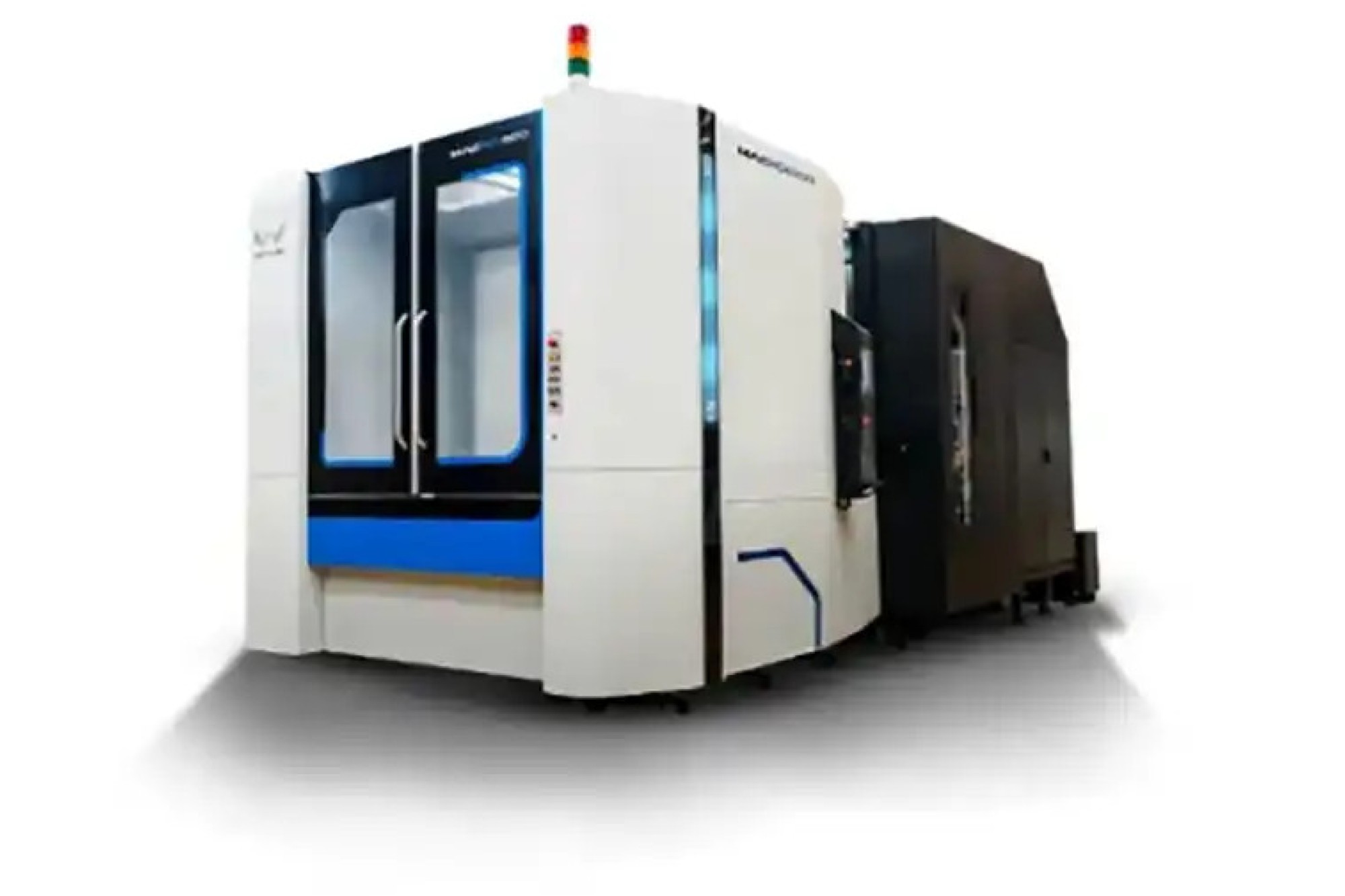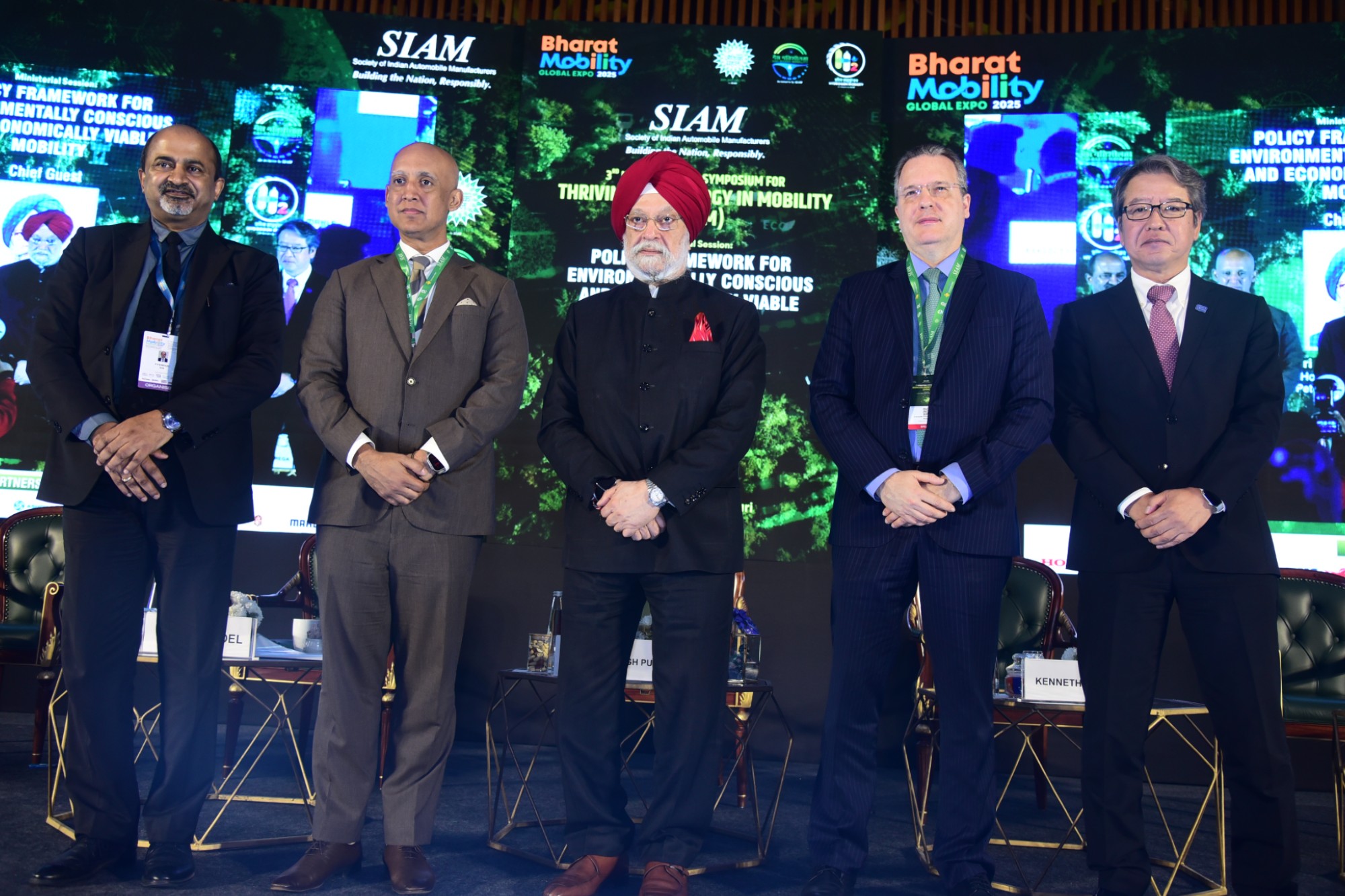Impact of stimulus measures on manufacturing industry
By OEM Update Editorial May 29, 2020 4:00 pm IST
The unfolding of COVID-19 pandemic is a human crisis of historic scale and complexity. Along with an unprecedented human toll, COVID-19 has triggered a deep economic crisis. To curb with this crisis, “Prime Minister Narendra Modi’s pledge of a total spending of Rs 20 lakh crore to weather the fallout of coronavirus pandemic is among the largest economic stimulus package announced by nations around the world. This package would focus on land, labour, liquidity and laws, and would deal with such sectors as cottage industries, MSMEs, the working class, middle class and industry. Also, this package will empower the poor, labourers and migrant worker, both in the organised and unorganised sector.
In this context, VDMA India organised a webinar on the topic “CEO panel discussion on Impact of stimulus measures on manufacturing industry” with an aim to provide insightful overview on stimulus package and highlighting certain aspects of this package for the manufacturing industry.
The discussion was moderated by Rajesh Nath, Managing Director, VDMA India and with special address on this topic from guest speaker Himanshu Srivastava, Head Business advisory services vertical at ASA & Associates LLP. Esteemed panelists were
Vivek Norman – Managing Director, Netzsch Technologies India
Sunil K Gupta, President, KION India
P L Muthusekkar, Managing Director, Nord Drivesystems
Hemant Watve, Managing Director & CEO, WILO Mather and Platt Pumps
Anil Kumar, Managing Director, CERATIZIT India
The government announced the much awaited and anticipated 20 L crore stimulus package (equivalent to around 750 Billion Euros) to weather the fallout of coronavirus pandemic. PMs Atmanirbhar Bharat Abhiyan or Self-reliant India Mission is about 10 percent of India’s GDP in 2019-20 and the stimulus package would rank behind Japan, the US, Sweden, Australia and Germany. Addressing on this point, panelist Himanshu Srivastava said, PM Modi announced special economic and comprehensive package to be known as Atmanirbhar or self-reliant India movement establishing 5 pillars of Self-Reliant India:
- Economy
- Infrastructure
- System
- Vibrant Demography
- Demand
Further he said, announced package caters to various sections including cottage industry, MSME’s, Labourers, Middle class, Industries, among others. While speaking about the various sectors, he emphasises on insights of stimulus package for manufacturing and MSME’S because this sectors are backbone of the Indian economy and also, the second employment generation sector for India. He pointed out difference between classification of existing and revised MSME’s on the basis of invest and turnover threshold. Investment up to 10 million and turnover of up to 50 million organisation can be define as Micro; Investment up to 100 million and turnover up to 500 million can be define as Small; and Investment up to 200 million and turnover up to 1000 million can be define as medium. This revised MSME’s classification would give perspective to manufacturer on India relief package for MSME’s, also manufacturer will know whether they comes into category of MSME’s and would they will be eligible to avail relief package. Also, he mentioned that government has taken initiative for MSME’s to fight against liquidity crunch in this difficult time. With taking into account of this initiatives, he said, availability of emergency credit for Businesses/MSMEs from Banks and NBFCs upto 20 percent of outstanding borrowings [for borrowers with INR 25O million outstanding credit and turnover of INR 1 billion], and this loan will be available with a 4 year’s tenure and moratorium of 12 months on principle payment. In the view of equity infusion into MSME’s, government is Setting up of a ₹500 billion Fund of Funds.
He also added that impact of all these initiatives are likely to help Indian manufacturers to resume business and fortify the supply chains, cutting down on import dependence by local substitution while improving quality and safety compliance, promote make in India and aims at gaining share of global market.
Unlike most relief packages announced globally, Rs 20 lakh crore is not entirely in new spending and includes Rs 1.7 lakh crore package the government had announced in March as well as the steps taken by the Reserve Bank of India (RBI) such as liquidity enhancing measures and interest rate cuts. The basis of stimulus package is the strengthening of the five pillars — economy, infrastructure, system, demography and demand which is anticipated to pave the way for India returning to a higher sustained growth path again.
However, there is a general feel that the Stimulus package is more a jugglery of numbers and direct benefit is perhaps limited. So, a little deeper into these measures and the questions were asked to our esteemed panelists about their view and feel on stimulus package.
Cookie Consent
We use cookies to personalize your experience. By continuing to visit this website you agree to our Terms & Conditions, Privacy Policy and Cookie Policy.




